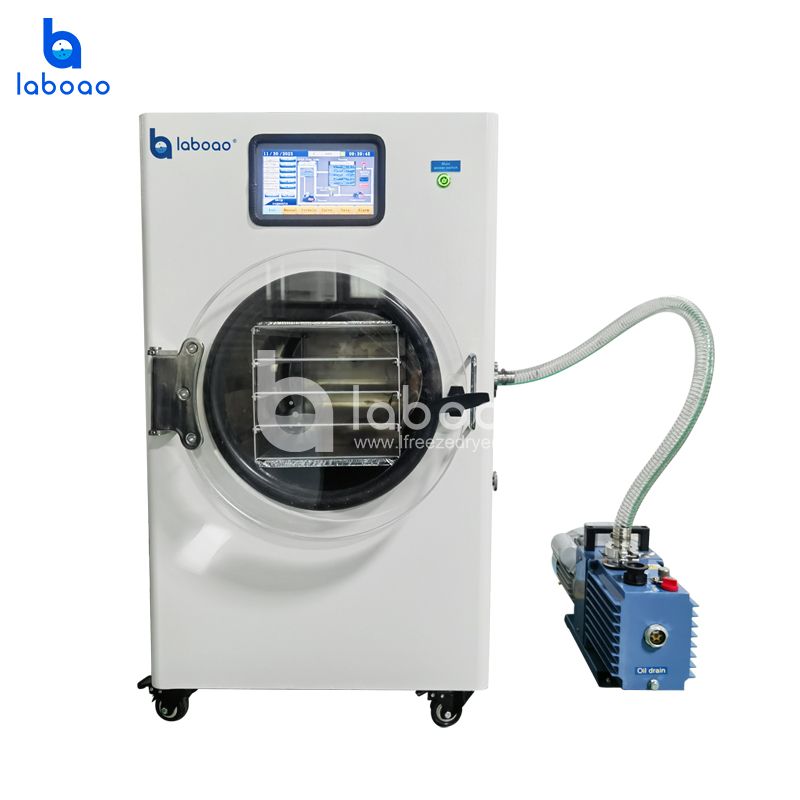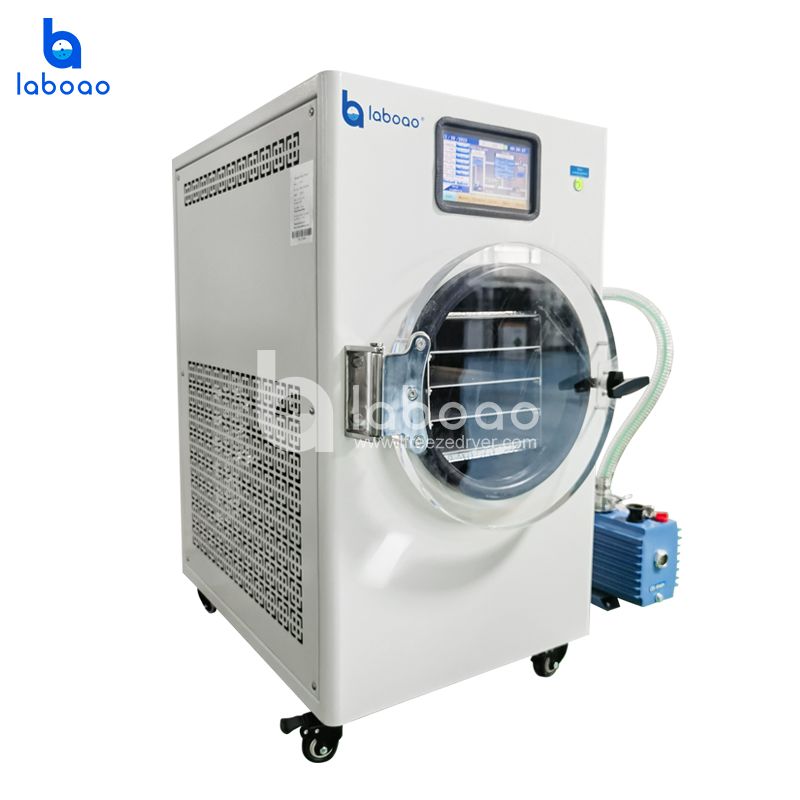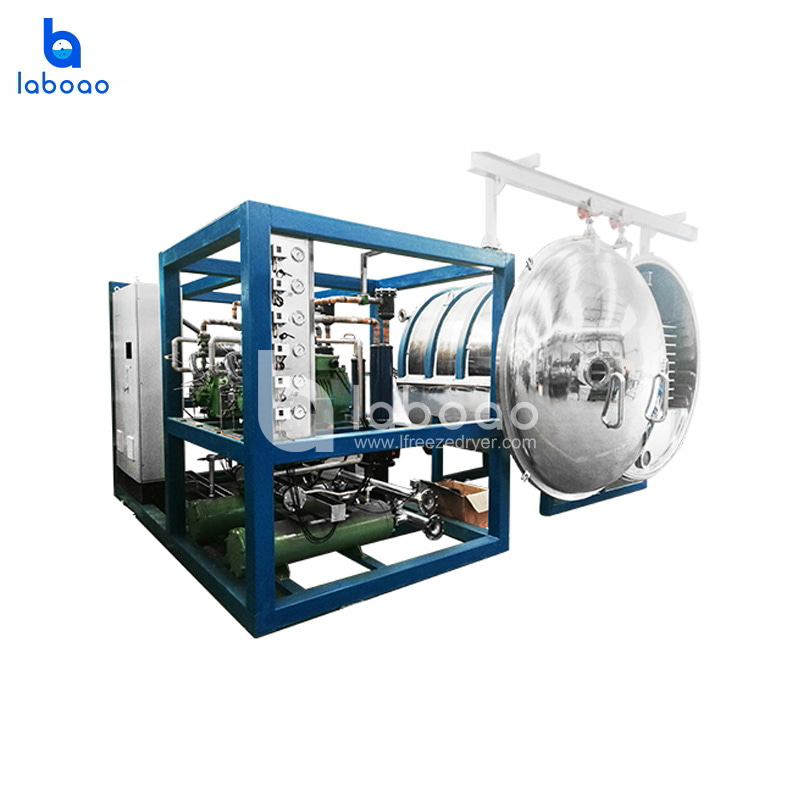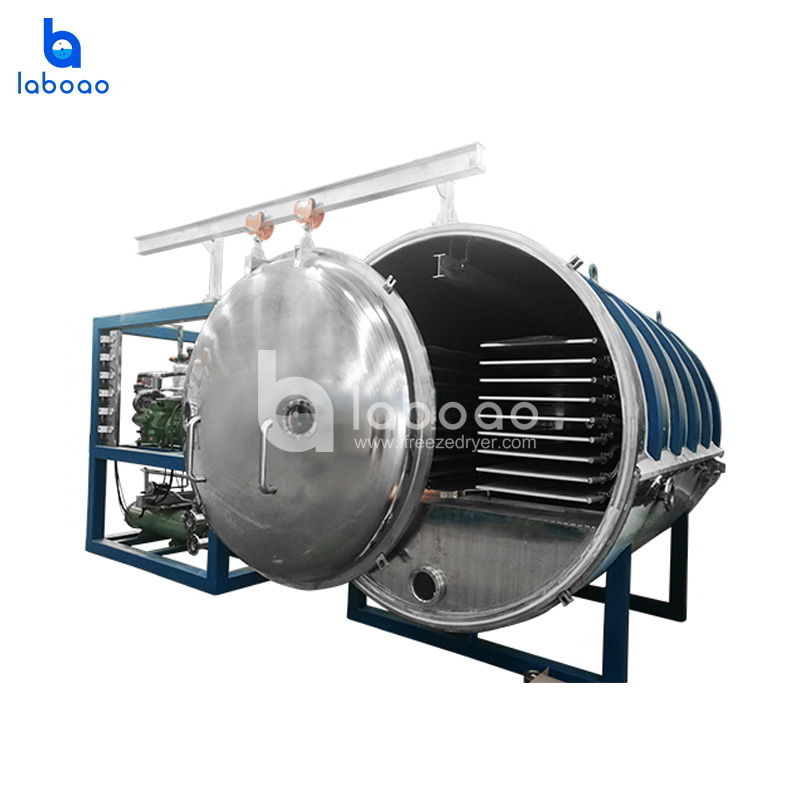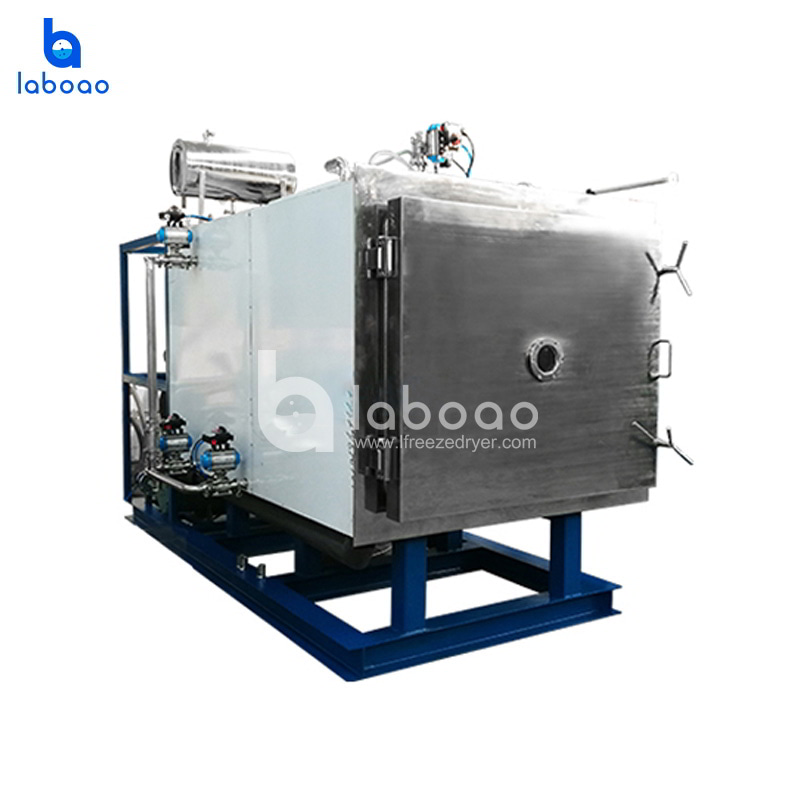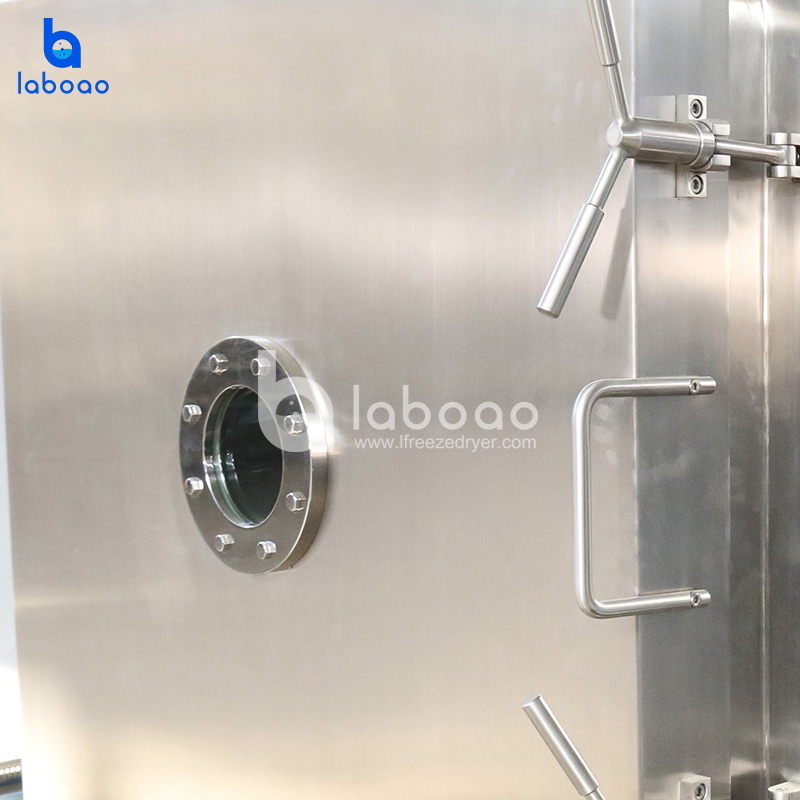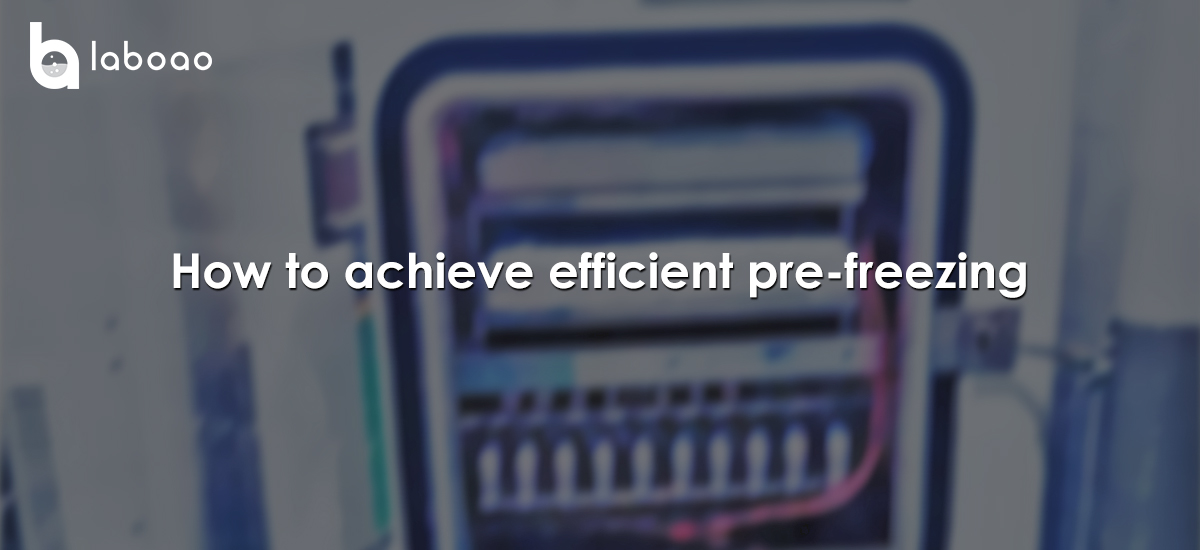
1. Prefreezing Time
If the prefreezing time is too long, energy consumption will increase. If the prefreezing time is too short, the material will not be frozen solid. During vacuum drying, any remaining liquid within the material will evaporate rapidly, causing the liquid to condense and the material to shrink. Dissolved gases in the liquid will also rapidly escape under vacuum, causing the material to bubble and lose its original shape. Therefore, accurately determining the prefreezing time for the material is crucial for reducing freeze-drying energy consumption and improving freeze-dried product quality.
2. Prefreezing Temperature
If the prefreezing temperature is too high, the material may not be frozen solid, causing expansion and bubbling during vacuum sublimation drying, leading to freeze-drying failure. Conversely, if the temperature is too low, energy consumption will increase. Relevant research indicates that the prefreezing temperature of the material should be 10–20°C below its eutectic point. Otherwise, significant energy losses will result.
3. Prefreezing Rate
The prefreezing rate is another important factor affecting freeze-drying energy consumption. Slow freezing forms large, fewer ice crystals. However, these large ice crystals leave behind large pores after sublimation, increasing the sublimation drying rate. However, these large ice crystals reduce the surface area within the material, thus reducing the desorption drying rate. Rapid freezing causes the ice crystals to complete their crystallization process before they have time to grow, resulting in smaller, more numerous ice crystals. These small ice crystals form fine pores after sublimation, increasing resistance to water vapor migration and reducing the sublimation drying rate. Because smaller ice crystals increase the surface area within the material, this facilitates the desorption of bound water during the desorption drying process.
4. Conclusion
It can be seen that selecting appropriate values for pre-freezing time, pre-freezing temperature, and pre-freezing rate is crucial for reducing freeze-drying energy consumption and improving product quality.
